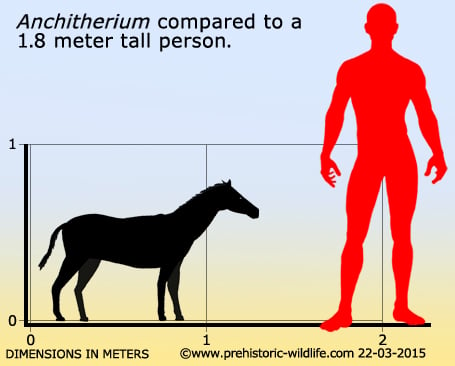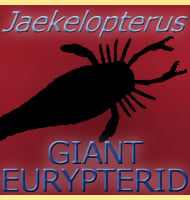In Depth
Anchitherium was a genus of three toed prehistoric horse that was a browser of plants rather than a grazer of grass, something that is most easily revealed by the teeth that have much lower crowns than those of known grazing horses. This is also why Anchitherium disappeared without leaving any modern descendants because as the Miocene progressed the coverage of plains environments continued to spread across the globe. This saw Anchitherium faced with an ever decreasing amount of suitable habitat with which it could browse from suitable plants. Meanwhile as this was happening other types of horses that had adapted to take advantage of the expanding grassy plains such as Merychippus thrived.
Further Reading
– Description of some fossil vertebrates from the Upper Miocene of Texas. – Proceedings of the Biological Society of Washington 37:1-18. – O. P. Hay – 1924. – Anchitherium (Perissodactyla, Mammalia) from the Halamagai Formation of Northern Junggar Basin, Xinjiang. – Vertebrata PalAsiatica. 43 (2): 100–109. – J. Ye, W.-Y. Wu & J. Meng – 2005. – Three-toed Browsing Horse Anchitherium (Equidae) from the Miocene of Panama. – Journal of Paleontology 83(3):489-492. – Bruce J. McFadden – 2009. – Anchitherium (Mammalia, Perissodactyla, Equidae) from the Early Miocene Hiramaki Formation, Gifu Prefecture, Japan, and its Implication for the Early Diversification of Asian Anchitherium. – Journal of Paleontology 84(4):763-773. – Kazunori Miyata & Yukimitsu Tomida – 2010.










